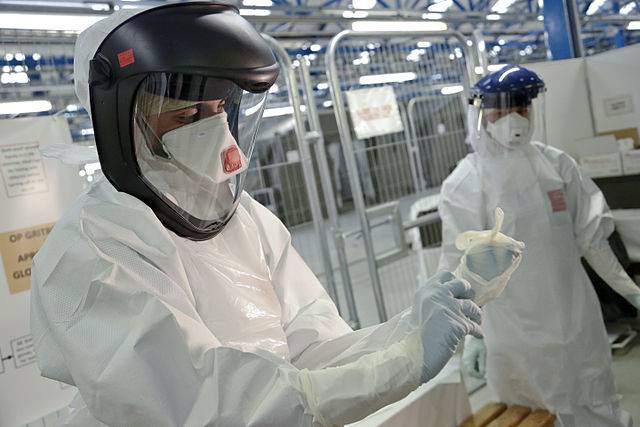Improper disposal of medical waste can result in hefty fines, sometimes upwards of millions of dollars, and potentially prison time. Companies located from California to Pennsylvania have been fined anywhere from $200,000 to 20 million dollars!
The amount of the fine is decided by a few factors. Improper disposal at home could be something as simple as throwing bloody bandages into the regular garbage, to something as irresponsible as dumping your medical waste into the ocean. Not only is this illegal, but it also can injure people, harm wildlife, and even transmit diseases.
Find Out How Much You Can Save Instantly.
Try our on-line savings calculator.
That being said, regulations vary from state to state. For example, in California regulated medical waste is handled by the Department of Toxic Substances Control (DTSC). Since February 9th, 2006, it has been illegal for residents and small businesses to dispose of fluorescent lamps, household batteries, and other “Universal Waste” in the garbage.
The term “Universal Waste” is defined as batteries, mercury thermostats, fluorescent lights, cathode ray tube devices, and other product containing mercury or other heavy metals. It is also illegal to dispose of hazardous waste in the garbage. Examples of hazardous waste include: oil and paint, anything coated in which with blood, and materials that could potentially spread diseases. For a more comprehensive overview of what universal waste is, see the EPA’s overview of their universal waste program.
To properly dispose of biohazardous waste, one should be placing it in a bag specifically meant to handle biohazardous waste. While transferring waste from container to container, you must be sure all regulations are being followed.
This is very important not only for your company, but also for the environment. MedPro Disposal offers cost-effective biohazard waste disposal and will help you worry less about staying compliant; providing your facility with red-lined bags for accumulation, and removing the filled bags for proper disposal.



